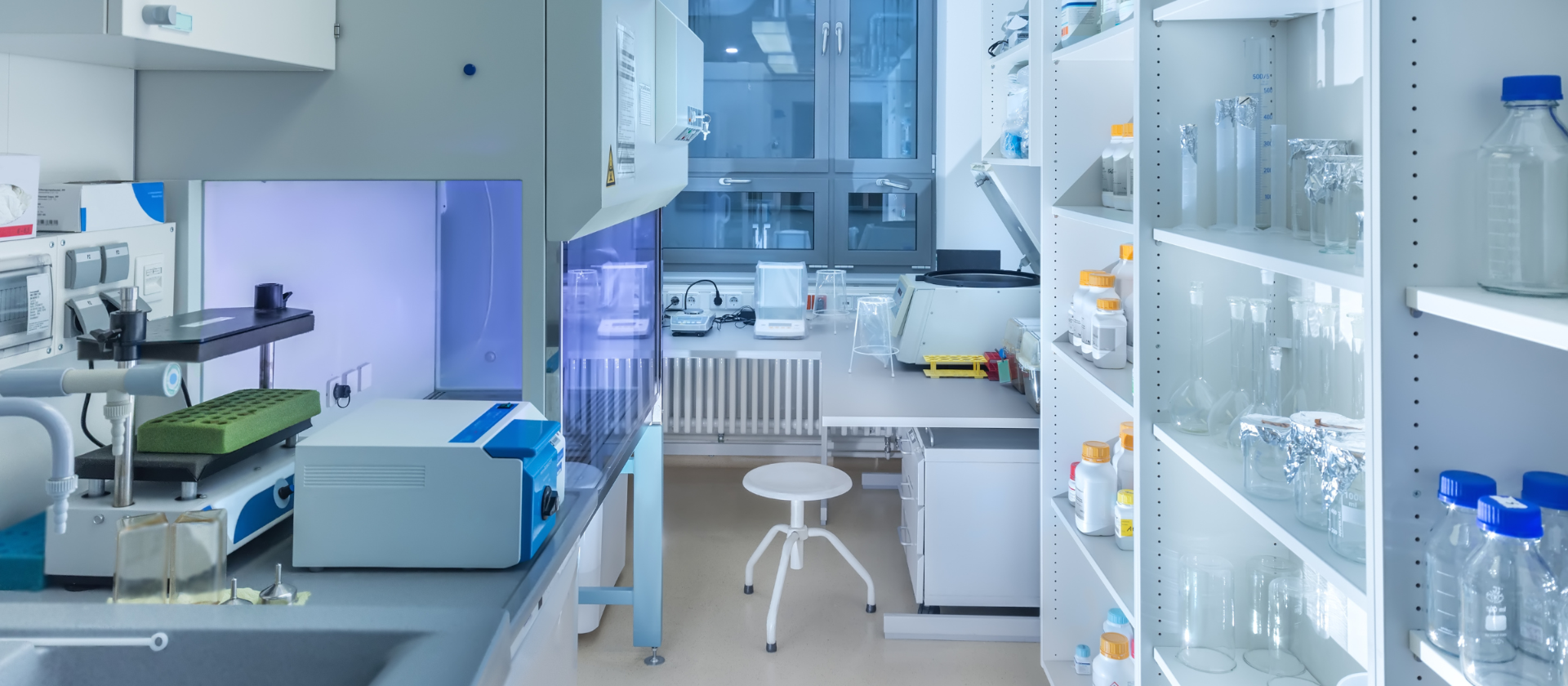Properties of United Scientific Glassware and Plasticware
United Scientific has created a special guide for understanding the different properties of glassware and plasticware. Regardless of which option your lab uses, it remains important to understand the benefits and drawbacks of each, including potential chemical and thermal reactivity.
Most daily lab science operations depend on how test samples and materials are handled, transported, and stored. In an effort to keep its customers safe and informed, United Scientific explains several different properties of its glassware and plasticware. With your specific lab applications in mind, use this as a reference guide when making your glass and plasticware purchases.

Properties of Glassware
Chemical Composition
United Scientific's glassware is manufactured from low-expansion Type 1, Class A Borosilicate 3.3 glass that complies with ASTM E438 Standard Specification for Glasses in Laboratory Apparatus. It is low alkali glass with a typical chemical composition of approximately 81% silica, 13% boric oxide, 4% sodium oxide, and 2% aluminum oxide. It is virtually free of magnesia-lime-zinc group, and contains only traces of heavy metals.
Thermal Properties
Borosilicate glass has a low coefficient of thermal expansion. Therefore, the thermal stresses under a given temperature gradient are low, and the glass can withstand higher temperature gradients as well as sudden temperature changes / thermal shocks. However, even minute scratching of glass surface can reduce its thermal resistance. The 'Strain Point' (about 500°C) is generally recommended as the maximum safe operating temperature for United Scientific's glassware. The glass may acquire permanent stresses upon cooling if it is heated above 500°C. The glassware is annealed in modern ovens under strictly controlled conditions to ensure minimal residual stress.
Chemical Durability
United Scientific's glassware is highly resistant to water, neutral and acid solutions, concentrated acids and their mixtures, as well as to chloride, bromine, iodine, and organic matters. Even during extended period of reaction and at temperatures above 100°C, its chemical resistance exceeds that of most metals and other materials. The glassware can withstand repeated dry and wet sterilization and offers good resistance against various chemicals, except for hydrofluoric acid, hot phosphoric acid, and alkaline solutions.
Optical Properties
United Scientific's glassware has a clear and colorless appearance, and shows no noticeable absorption in the visible region of the spectrum.
Safety
Treated with proper care, United Scientific's glassware will offer long-term, reliable service in the laboratory. Please contact us for detailed recommendations regarding heating and cooling, mixing and stirring, vacuum and pressure, cleaning, and safety precautions that must be followed while using glassware.
Physical Properties of Plasticware
United Scientific's plasticware labware is manufactured from high-quality resins. Treated with proper care, United Scientific's plasticware will offer long-term satisfactory service in the laboratory. The chart below lists the physical properties of United plasticware.
| Resin | Max Use Temp. | Brittleness Temp. | Transparency | Autoclavable* |
|---|---|---|---|---|
| High Density Polyethylene (HDPE) | 120°C | -100°C | Translucent | No |
| Low Density Polyethylene (LDPE) | 80°C | -100°C | Translucent | No |
| Polycarbonate (PC) | 135°C | -135°C | Clear | Yes |
| Acrylic (PMMA) | 50°C | 20°C | Clear | No |
| Polymethylpentene (PMB) | 175°C | 20°C | Clear | Yes |
| Polypropylene (PP) | 135°C | 0°C | Translucent | Yes |
| Polystyrene (PS) | 90°C | 20°C | Clear | No |
| Polytetrafluoroethylene (PTFE) | 270°C | -200°C | Opaque | Yes |
| Polyvinyl Chloride (PVC) | 70°C | -30°C | Clear | No |
Whether your lab uses glassware or plasticware, understanding the properties of each as they relate to the processes and applications at work in your lab remains imperative to successful outcomes. Without a clear understanding of the chemical properties of how you store your samples and testing materials, the possibilities for error increase with each use. Having this guide on hand in your lab increases the stability and accuracy with which you are able to perform your lab’s duties.





